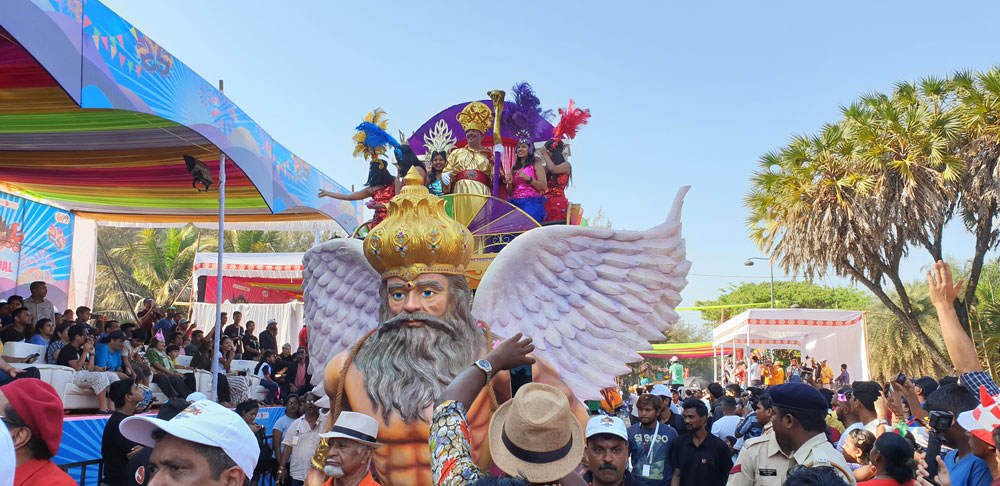
Carnival was introduced to the Goans by the Portuguese. This Festival heralds the arrival of Spring and is somewhat similar to Mardi Gras (Fat Tuesday) in Europe and the Brazilian Carnival with its pomp and gaiety. Goa is possibly the only place in Asia to celebrate Carnival.
It’s definitely the closest one can get to the Brazilian Carnival. It’s a five-day festival just before Lent, initially thought to be Catholic but has been celebrated by every religion, every person from all walks of life, just like every Goan festival. People get together and have fun. The streets are embellished with colourful decorations adding to the spirit of Carnival.
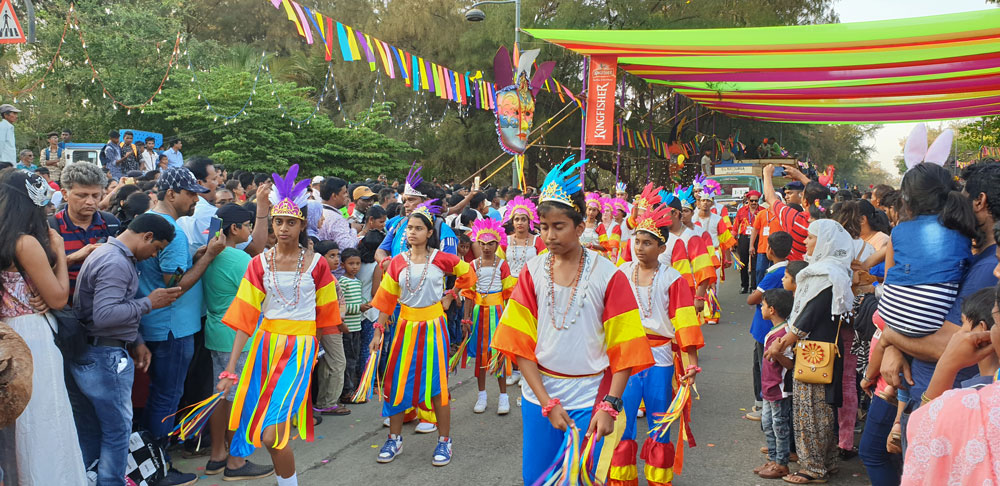
The Carnival parade used to begin at the main bus stand in Panjim and end at the Parade Grounds in Campal. The venue has now been changed for the sake of convenience and to prevent the clogging of traffic heading towards North Goa. The Parade begins at the Miramar Circle and ends at the Dona Paula Circle. The timings of the parade have remained the same.
The Carnival celebration begins with King Momo, a legendary figure, declaring that the Carnival festivities have begun with his message “Eat, drink, be merry!”. Without the appearance of King Momo, there will be no Carnival.
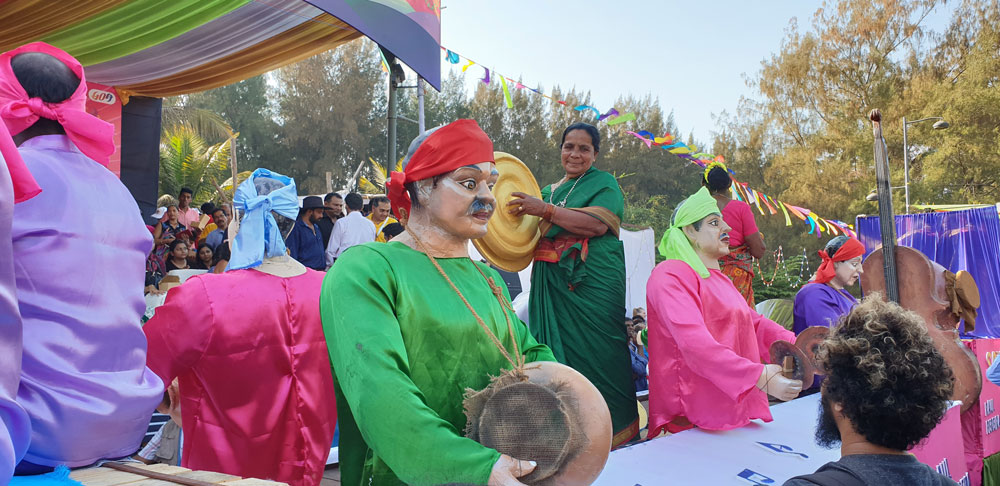
There’s a parade in all the major cities, Panjim being the first, followed by Margao, Vasco,
Ponda and finally Mapusa. There are brightly decorated floats, people dancing on the streets in vibrant and creative costumes. There’s music blaring from vehicles participating in the floats. Some of the floats have live bands.
During the Portuguese days, friends would group up and go serenading. They would sing Konkani and Portuguese songs. They would then throw colour at each other. This friendly act was called “assalto” and would happen at midnight on the first day of Carnival. This tradition died out over the years.
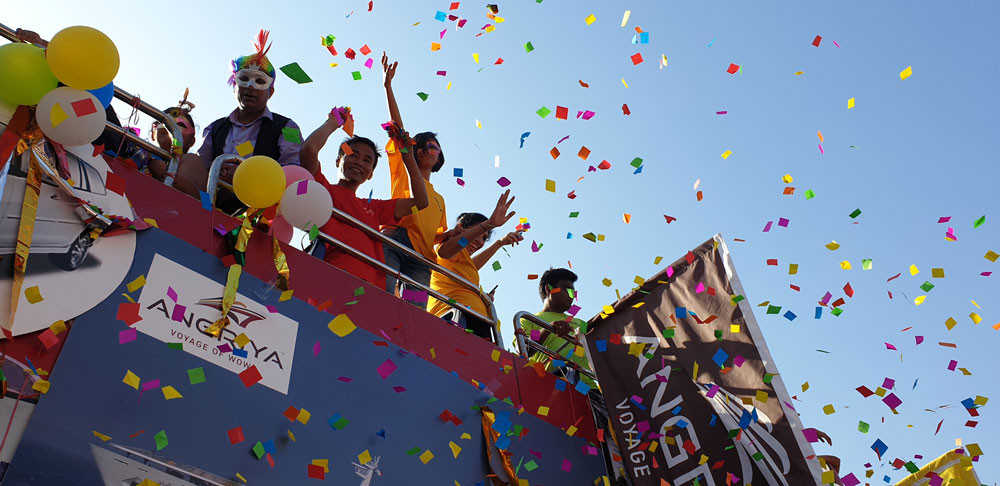
During the 1980s and 1990s, Panjim was the only city to have the parade. There were a lot of other activities like fancy dress competitions for children of all age groups, the last being fifteen years. Everyone would take part in the Carnival parade. However, in recent times it has become more commercial.
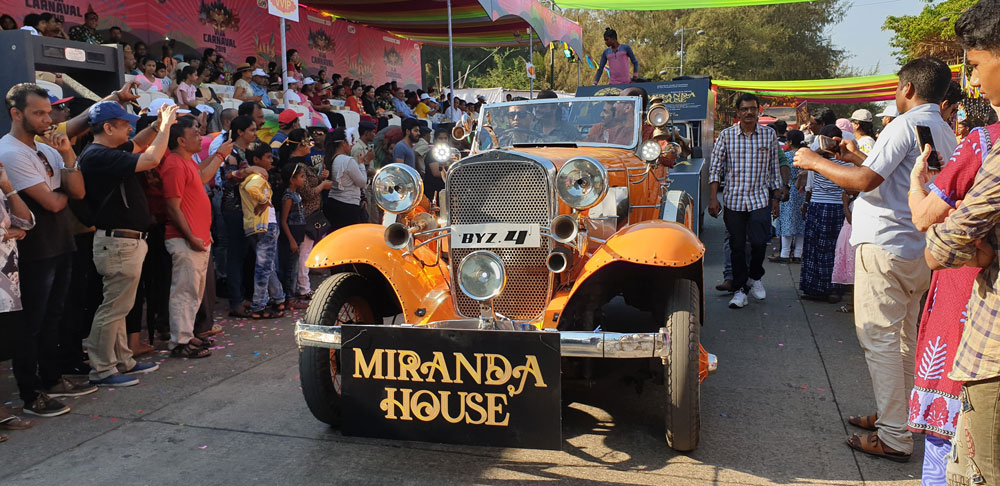
The Carnival celebration ends with the traditional Red and Black dance organised by Clube Nacionale, in Panjim. This used to be a street dance and has now been moved to Samba Square, Jardim Garcia de Orta, Panjim. There are live bands, food and beverage stalls.
The road below Clube Nacionale is cordoned off and is converted to the seating area and dance floor. The Red and black dance has an entry fee and the dress code is exactly what the name suggests “red and black”. People create costumes in the theme colours and there is a prize for the best costume. Families and friends get together and revel in the festivities to mark the day before the beginning of Lent.
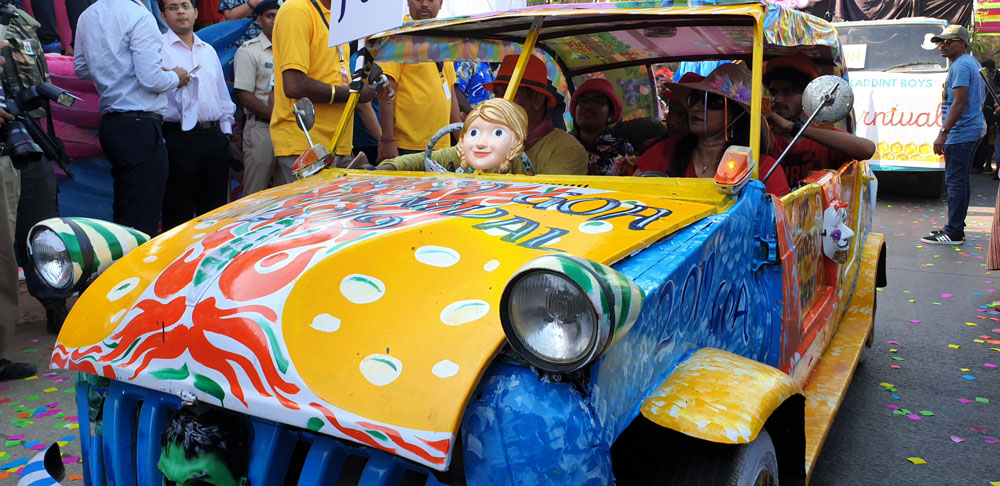
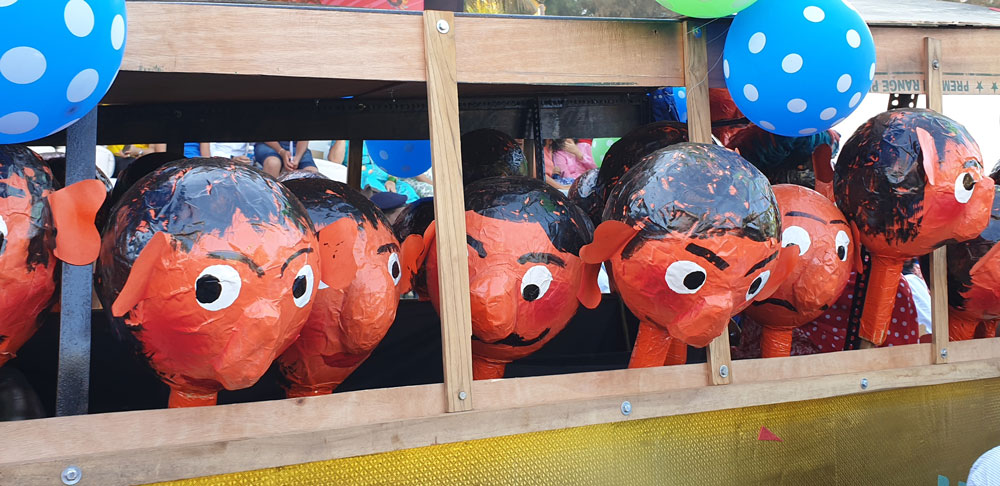
There is no fixed date for the beginning of Carnival since it begins five days before Lent. However, the month it is held in is February or March. Considering that Goa is the only place in India that celebrates Carnival it might be a good idea to add it to your bucket list.
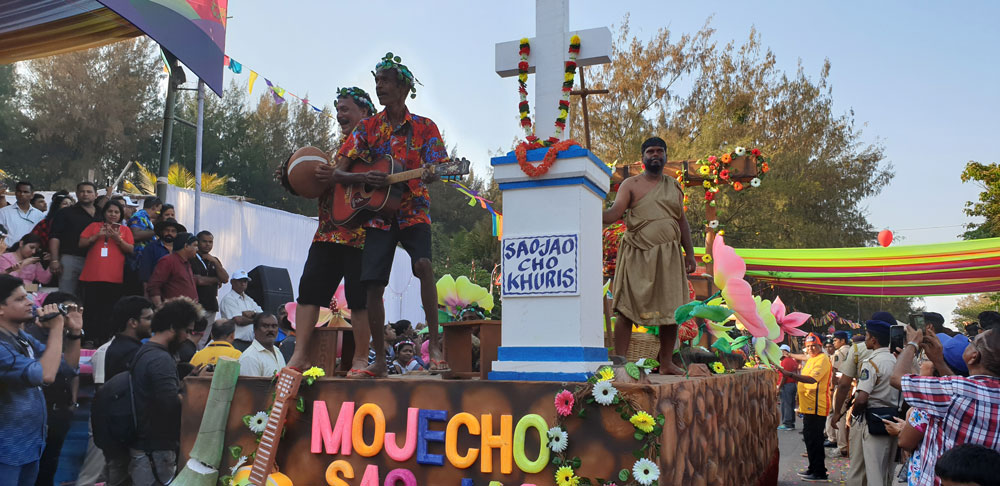
Through the years there’s one phrase that is still being used “Viva Carnaval” (long live Carnival)! This is something you will hear quite commonly during the five-day revelry.
If you’re in Goa during Carnival don’t forget to greet the locals with a hearty “Viva Carnival”!
Team @ Travel Adventures Goa


